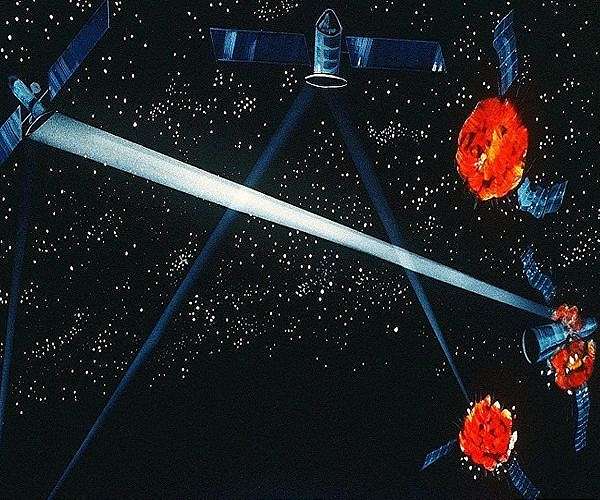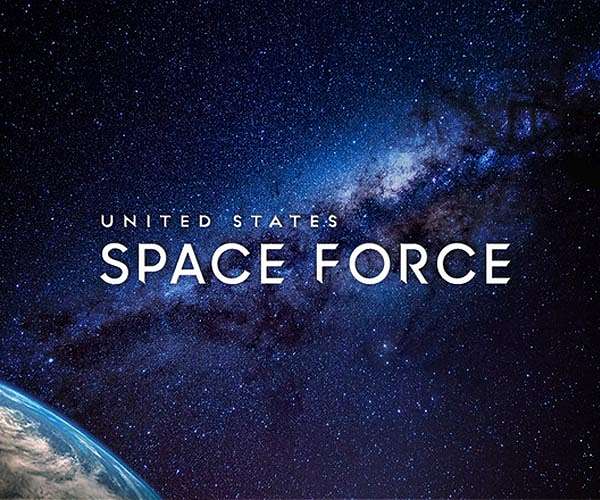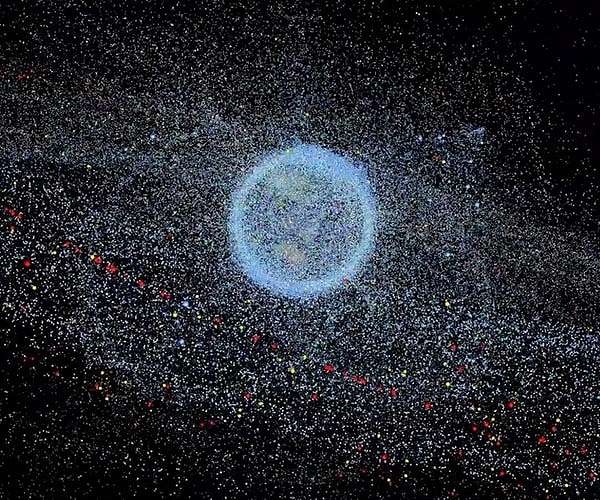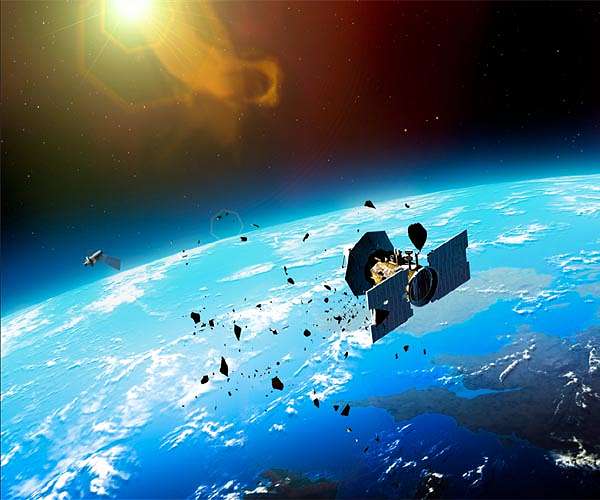Chief of Space Operations, Gen. John W. "Jay" Raymond used a list of "firsts" and achievements across the Space Force's brief history Sept. 21 to illustrate how the nation's newest military service is "purpose built" for success at a time when the nation "can no longer take space for granted."
"Space is clearly a warfighting domain and we're convinced that if deterrence were to fail, we're going to have to fight and win the battle for space superiority," Raymond told an audience of more than 2,000 during his keynote address at the Air Force Association Air, Space, and Cyber Conference. "Let me be clear; we don't want to fight in space. We want to deter that from happening."
Since the Space Force was born Dec. 20, 2019, Raymond said there has been a singular focus for the nation's newest military service - being lean and fast, innovative and unified. He also said that Space Force had embraced from its earliest days the "One Team, One Fight" ethos popularized by Department of the Air Force Secretary Frank Kendall.
"We have been building this service from Day One purpose built to compete, deter and win against a growing threat," he said.
The reasons - and the need - are evident, he said.
The Fight
While space was once considered "benign," and was a place largely uninhabited by every nation except the United States and Russia (and the Soviet Union), today it is far more crowded and dangerous. There are currently 30,000 objects and space junk orbiting the Earth at high speed. More than 70 nations are currently operating satellites of varying sizes and capabilities. Most ominously, there is a growing number of satellites and other space capabilities that are being designed for warfighting and to interrupt and defeat U.S. operations.
At the same time, Raymond pointed out that the ability to operate in space is critical not only to protect U.S. security, but also to power the U.S. and global economy, communications, transportation and other essential functions of everyday life.
"I am convinced that if we can protect our critical capabilities and deny an aggressor benefit, or impose a cost they cannot bear, we may prevent war for extending to other domains," Raymond said.
"I am also convinced that adversaries are increasingly using space for their own long-range kill-chains. So the ability to protect our own capability and generate space superiority despite attack is critical. Space underwrites the success and survivability of our Joint force."
The threat is real
"I've seen consistently in war games and exercises that adversaries understand our dependence on space and cyber, and are likely to attack them," Raymond said. "Difficulty in attribution, combined with the tremendous speed of the space domain, provides ample incentive for an adversary to initiate attack in space."
China, he said, has deployed satellites with a robotic arm that could be used in the future to "grab" other satellites. Russia has a co-orbital anti-satellite weapon he referred to as a "nesting doll satellite" that "is specifically designed to kill U.S. satellites."
"Bottom line, we must protect space," he said. "It underpins every instrument of national power - diplomatic, information, military and economic."
The Team
Building a new service from scratch has benefits, he said. Raymond has been determined to keep the organization lean and the talent level high. As examples, Raymond said that initial plans suggested a headquarters staff of 1,035 people. The actual number is 600.
Space Force has only three major commands - Space Operations Command, Space Systems Command, and Space Training and Readiness Command. The number of active-duty Guardians currently stands at 6,490 and 6,206 civilians. Demand for the jobs is strong, Raymond said, noting that there were 3,700 applications for 400 positions available for transfers from other services.
"Rather than growing to gain new functions, we've empowered Guardians to be effective; re-organized them to be efficient and equipped them to use our small size as an enduring advantage," he said.
To underscore his point about the kind of person Space Force needs and seeks, Raymond highlighted three new Guardians, each of whom is a recent graduate from the Air Force Academy.
Second Lt. Aryemis Brown, he said, will make a major contribution but it will have to wait until he completes his study in England as a Rhodes Scholar.
Second Lt. Mahala Norris, likewise, is a newly commissioned Space Force officer from the Air Force Academy who ran collegiate track and broke the Academy record four times in the steeplechase, where she culminated her track career by winning a national championship in the event.
He also highlighted 2nd Lt. Tanner Johnson, another Academy graduate who wrestled at the collegiate level. Before graduating, however, he was diagnosed with Type 1 diabetes, a condition that in every other point in history would have disqualified him from accession into any branch of the military.
"It's not allowed because you can't deploy," Raymond said, who noted he had Johnson's permission to speak about his case.
"What we said in the Space Force is, we'd love to take him. He's a fighter. He's a grappler. He's smart. ... He will have a full career. He can grow up to be the chief of space operations because of the nature of our force and what we do.
"We look at the whole person, and we search out opportunities for diversity not just in gender, ethnicity and race, but in ability. Second Lt. Johnson is an inspiring Guardian, and we are a better, stronger force thanks to him," Raymond said.
While the Space Force continues to evolve, Raymond said he is pleased with progress so far. A space doctrine has been written, the process and procedures to recruit well and squeeze every bit of potential from "human capital" have been written and refined. A space curriculum has been developed and processes for working efficiently with the other services, and especially the Air Force, have been honed.


















